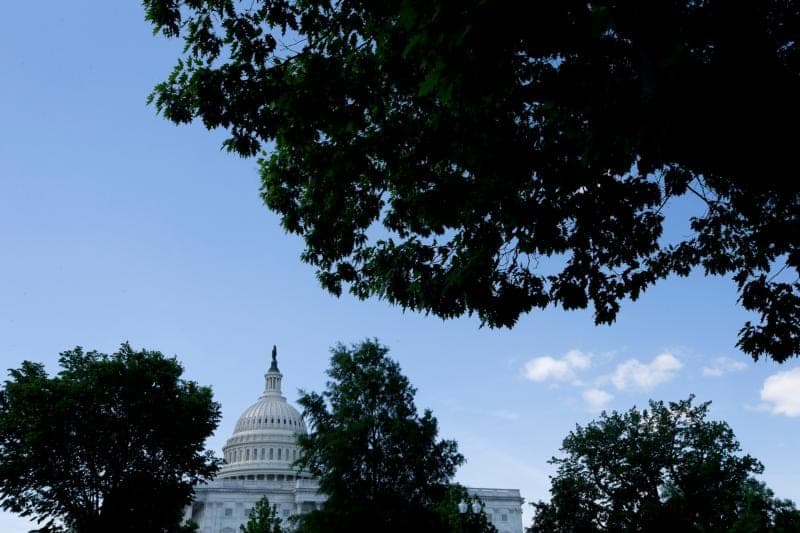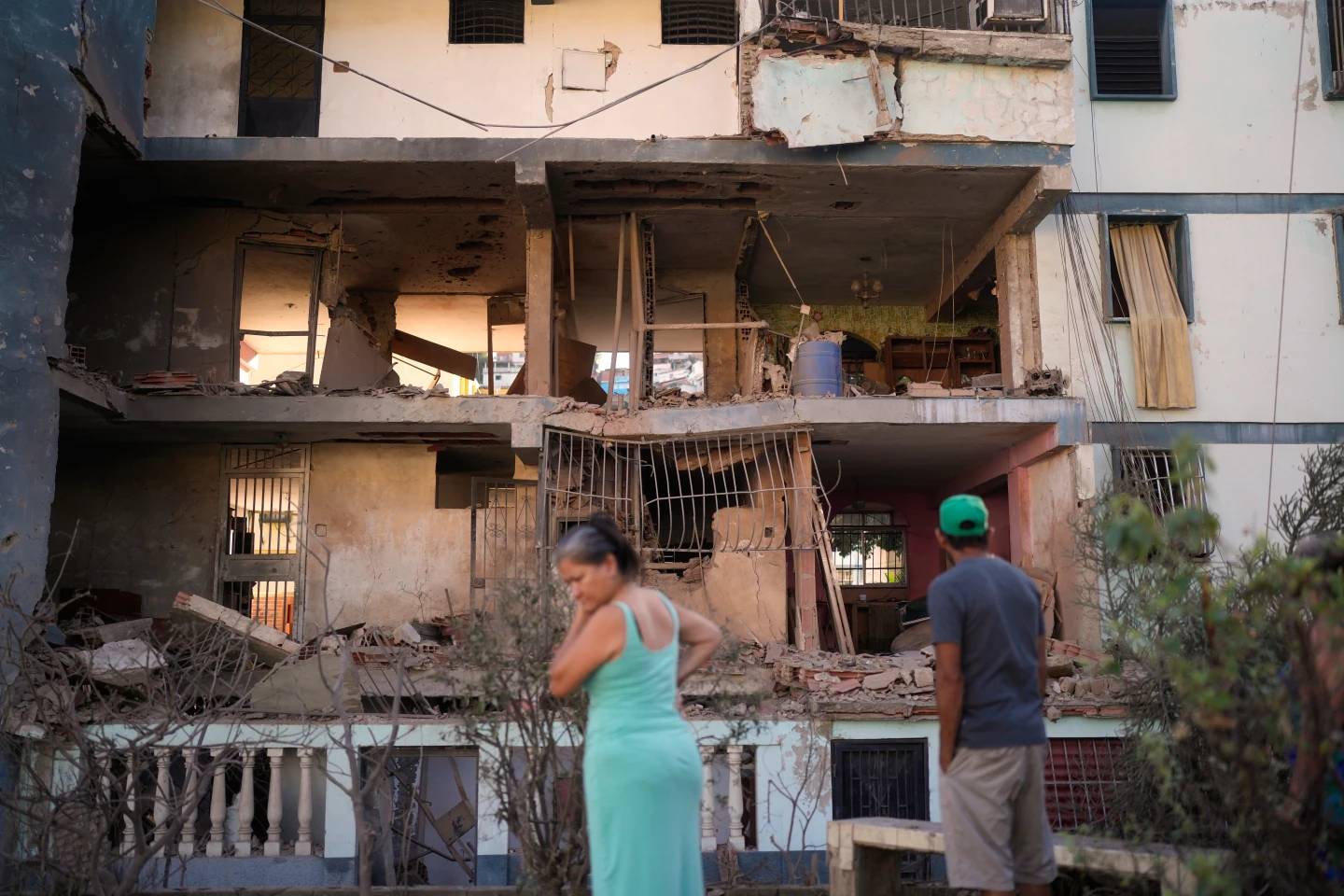ROME — As Donald Trump prepares to visit the Vatican on May 24, it’s probably a good time to look back on the history of relations between the United States and the Holy See over the centuries.
George Washington began the relationship between the United States and the Vatican by answering a question for a pope: Do you mind if we appoint a bishop for your new country, and in particular, would you mind if that bishop was the Jesuit priest John Carroll?
It was 1788, there were fewer than 50,000 Catholics in the nation, and very few priests.
Washington’s reply – sent through Benjamin Franklin, then U.S. Ambassador to France – planted the seed of U.S.-Vatican cooperation in the 20th century: Appoint who you want.
The first president could have simply said “yes”: Carroll was a friend, and had managed Washington’s relations with the country’s small Catholic population.
By refusing to say yes or no, Washington put the United States on a truly revolutionary path of promoting religious freedom. It also gave the first glimpse to the Vatican of the benefits that can come from disentangling itself from the “throne and altar” model it had used for Church-State relations for centuries.
Washington had been fighting anti-Catholic sentiment in the country since the Revolutionary War. He banned the celebration of Guy Fawkes Day, which featured burning the pope in effigy (still celebrated in England, it is probably best known to Americans as the source of the eponymous mask and the rhyme “Remember, remember, the fifth of November, Gunpowder Treason and Plot” featured in the movie V for Vendetta.)
Washington, as president, also wrote a letter to the Catholics of the country, praising them for the part they played in the Revolution, and established consular relations with the Papal States, the large section of central Italy the popes ruled as a king.
However, after Washington left office, relations soured for reasons both in America and Europe.
Anti-Catholic sentiment ran high in the United States, and things were not helped by the large number of poor Catholic immigrants entering the country.
In Europe, the old order was being upended by revolutions, which were often anti-clerical in nature. Democracy, republicanism, and even written constitutions were frowned on by the Vatican, which made the relationship with the United States one of mutual suspicion.
The United States withdrew its consul in 1868 and passed a law forbidding the funding of a mission to the Vatican. The end of the Papal States two years later meant diplomatic ties would not be re-established for over a century.
The United States and the Vatican slowly began rebuilding their relationship in the 20th century, and Woodrow Wilson even met with Pope Benedict XV in Rome in 1919.
Beginning with Franklin Roosevelt, presidents began sending a “personal envoy” to the Vatican.
The Holy See and America worked together in distributing humanitarian assistance in the aftermath of World War II, and anti-Communism brought them closer soon thereafter.
Two events in the 1960’s paved the way to official relations: The election of John F. Kennedy as the first Catholic president, and the Second Vatican Council, in which the Church embraced the idea of religious liberty planted by Washington in 1788, and disowned the throne and altar model for good.
Official diplomatic relations were not officially established until 1984, under Ronald Reagan.
Reagan and Pope John Paul II built a strong relationship, and worked together to bring an end to Communism in Eastern Europe.
However, relations with subsequent administrations were more strained.
George H. W. Bush engaged less with the Vatican, and faced opposition from John Paul to the first Gulf War, which began with the 1990 Iraqi invasion of Kuwait. The Vatican was also offended because it was not invited to participate in the 1991 multilateral Madrid Conference to solve the Israeli-Palestinian conflict.
John Paul’s relationship with Bill Clinton could also be tense, because of the Democratic president’s strong pro-abortion stance. When they first met in 1993, John Paul strongly defended the right to life, and the Vatican and the U.S. administration clashed the next year at the International Conference on Population and Development in Cairo, and Clinton even refused a call from the pope to discuss the conference.
President George W. Bush also clashed with John Paul, and like his father, it was over a war in Iraq. Although the pope had opposed the first Gulf War, his opposition to the 2003 Iraq War was even more vehement.
However, Bush worked with the Vatican on religious liberty issues, and Vatican officials appreciated the attention he gave to Africa.
The relationship improved under Benedict XVI, and Bush hosted a successful papal visit in 2008.
Barack Obama, like Clinton, had conflicts with the Vatican over abortion and religious freedom, and when Pope Francis visited the United States in 2015, he made a point to visit the Little Sisters of the Poor, a religious order in the middle of a lawsuit over the contraception mandate in Obama’s health care law.
Francis also led international opposition to proposed air strikes against Syria in 2013. In the end, Obama backed down.
Francis and Obama did find broad agreement over issues such as migration and the environment, and they offered mutual support at the 2015 Paris Climate Conference. Francis’s softer approach to social issues was also appreciated by the Obama administration.
Over the past few decades, there has been an understanding between both sides.
No president in the past century has seen any benefit in picking a fight with the pope. Even when they disagree, presidents will only speak positively of the head of the Catholic Church.
The Vatican, despite misgivings about the power the United States wields, recognizes very little can get done in the multilateral sphere without its contribution. Even in the world of “soft power,” the American government provides indispensable assistance, such as its annual reports on religious persecution.
Which brings us to Francis and Trump.
They are the two most unpredictable personalities ever to hold their respective offices.
Perhaps the pope thought Trump would never win the election when he implied he was “not a Christian” when asked about his campaign promise to build a wall between the U.S. and Mexico. (The Vatican later said he wasn’t speaking personally about Trump, although the question mentioned him specifically.)
And Trump was not yet even officially a candidate in 2013 when he tweeted Francis was not being “pope-like” when paying his hotel bill after the conclave.
Although it is fairly well-known on what issues the two men agree and disagree, the short meeting on May 24 could still make an interesting chapter in the history of the relations between the two states.
Crux is planning on offering full coverage of President Donald Trump’s May 24 visit to the Vatican and meeting with Pope Francis. In this video preview, John Allen tells us the three things you need to know about Trump at the Vatican.















